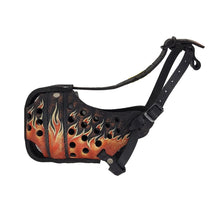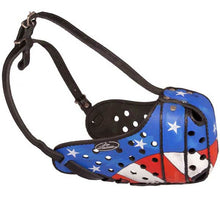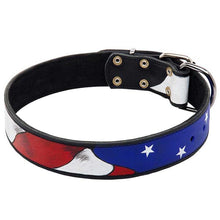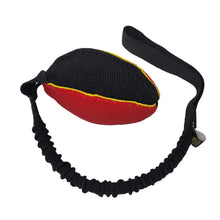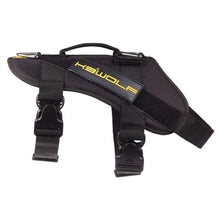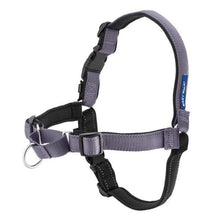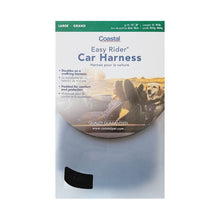Cato Boards In Dog Training: Introduction and Benefits

If you're looking for a new way to train your dog, you might want to consider using a Cato Board. This innovative training tool is designed to help dogs learn new skills and improve their obedience, and it has a number of benefits over traditional training methods.
Before we begin, let's talk about some steps to go through before training begins.
1. You should introduce your dog to the board: Start by letting your dog sniff the board and get used to it. You can also try placing treats on the board to encourage your dog to interact with it.
2. Teach your dog to target the board: Once your dog is comfortable with the board, you can start teaching them to target it with their paws or nose. Hold a treat over the board and encourage your dog to touch it with their paw or nose. When they do, reward them with the treat.
3. Add a command: Once your dog is consistently targeting the board, you can start adding a command such as "touch" or "board." Say the command just before your dog touches the board, and then reward them with a treat.
4. Increase the difficulty: Once your dog is responding well to the board, you can start increasing the difficulty by moving the board to different locations or adding distractions. You can also try using the board to teach your dog other behaviors.
5. Practice regularly: Consistency is key when it comes to dog training, so make sure to practice with your dog regularly. Aim for short training sessions (5-10 minutes) a few times a day, rather than one long session.
Now that the proper introduction to the board has been made, let's talk about teaching the positions in dog training using a Cato Board. The Cato Board makes learning positions such as sit and down very easy for both you and the dog. By using the Cato Board, you can teach your dog to perform a variety of positions, such as sit, stand, and lie down, but in a very precise way for competitions where the dog may be required to stay in a squared off area, or aren't allowed to pick up their front paws when changing from one position to another when given commands.  One of the benefits of using the Cato Board is that it provides a clear visual cue to your dog about what you want them to do and where. The raised platform on the board gives your dog a clear target to aim for, which can make it easier for them to understand the behavior you want them to perform. Additionally, the Cato Board can be used to teach your dog to hold positions for longer periods of time, which can be useful for obedience training and other activities.
One of the benefits of using the Cato Board is that it provides a clear visual cue to your dog about what you want them to do and where. The raised platform on the board gives your dog a clear target to aim for, which can make it easier for them to understand the behavior you want them to perform. Additionally, the Cato Board can be used to teach your dog to hold positions for longer periods of time, which can be useful for obedience training and other activities.
For example, to teach your dog to sit using the Cato Board, start by luring them onto the board with a treat. Once your dog is standing on the board, move the treat over their head so they have to look up to follow it. As your dog looks up, their hindquarters will naturally lower into a sitting position. When your dog sits, reward them with the treat and praise. Repeat this process several times until your dog begins to associate the position with the command "sit."
You can use similar techniques to teach your dog to stand and lie down using the Cato Board. For standing, simply lure your dog onto the board and reward them for standing still. For lying down, lure your dog onto the board and then move the treat towards the ground so they will lower themselves into a lying position.

Now you may be wondering what the benefits of using the Cato Board are vs other methods or simply training your dog on the ground, so let's go over that as well.
1. It's versatile: A Cato Board can be used to teach a wide range of skills, from basic obedience commands like "sit" and "stay" to more advanced tricks like spinning, jumping, standing on their hindquarters, stepping up on command, posing, standing for examination, grooming and more. This versatility makes it a great tool for dogs of all ages and skill levels.
2. It's interactive: Dogs love to interact with their environment, and a Cato Board provides a fun and engaging way for them to learn. By touching the board with their paws or nose, dogs can earn treats and positive reinforcement, which helps to keep them motivated and focused.

3. The Cato Board is a low-stress training tool that uses positive reinforcement to encourage good behavior. This makes it a great option for dogs who are anxious or sensitive to corrections.
4. It's portable: A Cato Board is lightweight and portable, which makes it easy to take with you on the go. Whether you're training at home or at the park, you can bring your Cato Board with you and use it to teach your dog new skills wherever you go. People who still use purpose-built wooden tables can appreciate this advantage.
5. It's effective: Studies have shown that positive reinforcement training methods like those used with a Cato Board are more effective than the training methods used 30 years ago. By rewarding good behavior with treats and praise, you can help your dog learn new skills more quickly and effectively.

Overall, a Cato Board can be a great tool for dog owners who are looking for a fun, effective, and low-stress way to train their dogs. Whether you're working on basic obedience or advanced tricks, a Cato Board can help your dog learn new skills and improve their behavior.
This is intended to be a short introduction to the possibilities of using raised platforms in dog training and to introduce what we find to be the best platform for dog training on the market. If you want to pick up a Cato Board from our shop, a link will be posted below. If you'd like a detailed article on teaching positions with the board and why it's superior to the floor, hit the like button and let us know in the comments. Thank you!
You might also like: 5 Practical Tricks To Teach Your Dog



